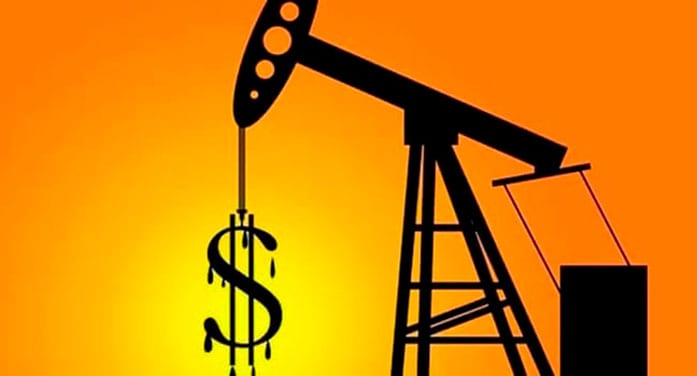 A new reality is dawning: the short-term direction of oil markets is in sharp contrast to its longer-term trajectory.
A new reality is dawning: the short-term direction of oil markets is in sharp contrast to its longer-term trajectory.
The short-term outlook – courtesy of the decision by the Organization of Petroleum Exporting Countries and their allies in OPEC+ to withhold some eight million barrels per day (bpd) from the markets – and the emerging signs of post-COVID-19 demand recovery seem to have provided a floor beneath the markets.
Over recent weeks, oil markets have registered some surge, hovering in the US$60 range. That’s a far cry from the same time last year when prices were in negative territory.
Producers are bullish. LAST WEEK, an OPEC+ technical committee meeting projected global oil consumption to rebound by six million bpd this year. The group appeared so confident that they opted to cancel their scheduled ministerial gathering to decide on their next steps. Instead, they decided to move ahead with their planned output increases of two million bpd over the next three months.
The optimism is mainly driven by the demand recovery in the United States, the world’s largest consumer. And China’s oil demand is now past pre-pandemic levels.
“You’re seeing incredibly strong demand,” BP chief executive officer Bernard Looney told Bloomberg in a TV interview. China’s oil demand is above pre-pandemic levels, the U.S. is almost back to that level, and “vaccines are going to kick in now in Europe.”
Global oil inventories are declining at a rate of 1.2 million bpd on average this year, OPEC+ experts told the technical committee meeting. It’s a faster pace than the draw-down of 800,000 barrels a day they projected a month ago. As a result, the stockpile surplus in developed nations will be whittled down to eight million barrels by the end of the quarter.
But OPEC+ is also cognizant of the COVID impact in India, the world’s third-largest oil consumer. More than 300,000 new COVID cases are being reported daily in India. Thousands are dying and many observers insist the actual fatality figures are much higher than the official numbers.
But there’s optimism that other countries will avoid slipping into India’s dire situation. The world is getting together. At least nine countries – including Canada, the U.S., the United Kingdom, China, Australia, Germany and Pakistan – have pledged to help India overcome its humanitarian crisis by sending much-needed medical equipment, vaccines, oxygen, vaccines and treatments, writes Alex Kimani in Oilprice.com.
Investment bank Goldman Sachs is also looking at the glass as half full. Keeping its bullish forecasts for oil prices this summer, it expects global oil demand to realize its biggest jump ever over the next six months. Higher demand for travel and acceleration of vaccinations in Europe will result in “the biggest jump in oil demand ever, a 5.2 million bpd rise over the next six months,” Reuters quoted Goldman Sachs officials as saying. The bank sees oil prices rising to $80 a barrel this summer.
But in the longer run, oil markets will remain hazy and dull. The good old days are gone. With the growing emphasis on green energy strategies and electric vehicles, the demand peak may be just around the corner. Consultancy Rystad Energy believes it could happen as soon as 2026. Others say it could be somewhere between then and 2030.
Oil producers are well aware of the longer-term outlook. Hence, the rush to sell energy-related assets. At the highest level, Saudi Arabia is now officially saying it’s in discussion with an oil major to sell a one per cent stake in Aramco. That was unthinkable a few years back.
The race against time is on to monetize the assets beneath the soil.
Toronto-based Rashid Husain Syed is a respected energy and political analyst. The Middle East is his area of focus. As well as writing for major local and global newspapers, Rashid is also a regular speaker at major international conferences. He has been asked to provide his perspective on global energy issues by both the Department of Energy in Washington and the International Energy Agency in Paris. For interview requests, click here.
The views, opinions and positions expressed by columnists and contributors are the authors’ alone. They do not inherently or expressly reflect the views, opinions and/or positions of our publication.
© Troy Media
Troy Media is an editorial content provider to media outlets and its own hosted community news outlets across Canada.


